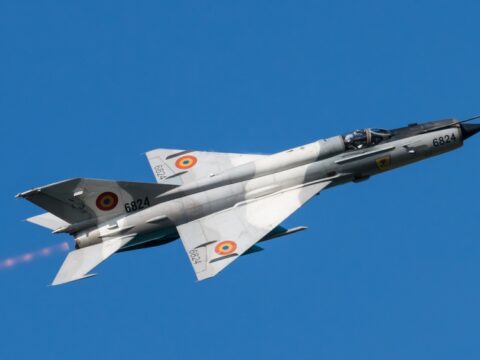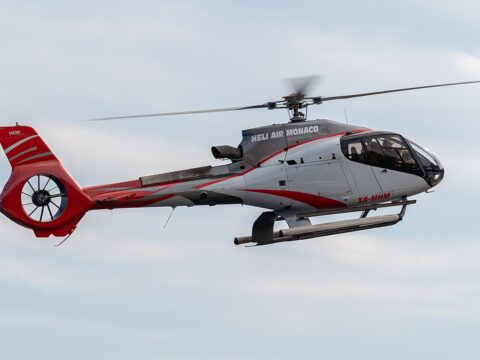As space exploration advances at an unprecedented pace, a new generation of spacecraft is being developed to push the boundaries of what’s possible. These cutting-edge vehicles are designed to take humans farther into the cosmos, explore distant worlds, and make space travel more accessible. Here’s a look at 9 spacecrafts that are set to revolutionize the future of space travel.
Contents
SpaceX Starship
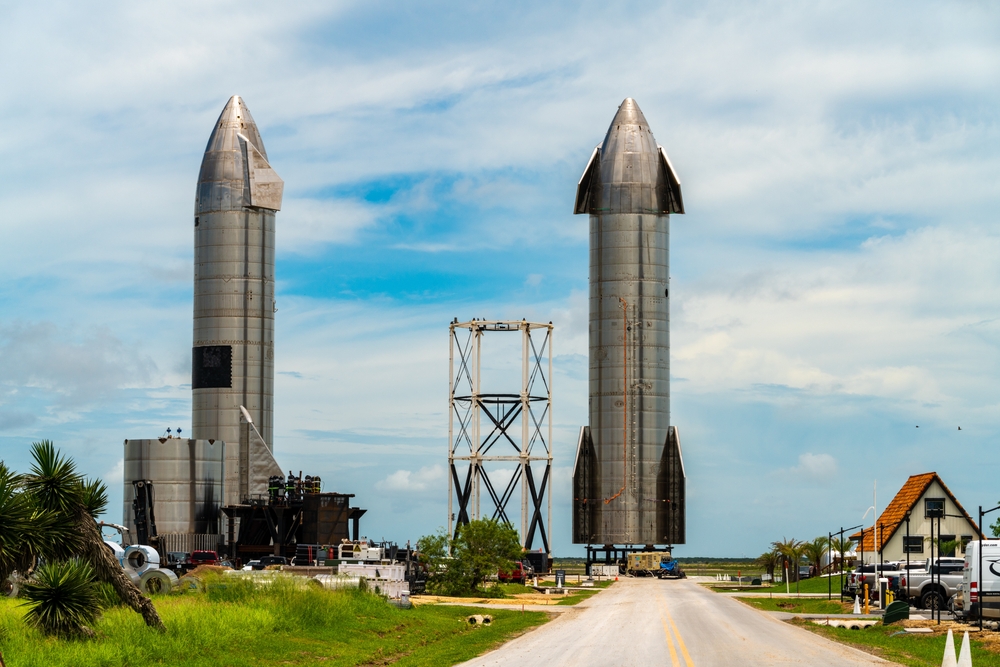
Designed as a fully reusable spacecraft, SpaceX’s Starship is set to carry both crew and cargo to multiple destinations, including Mars. Its capability to launch up to 100 tons into low Earth orbit could drastically reduce the cost of space travel. With reusability and versatility at its core, Starship may become a game-changer for deep-space exploration. Several test flights have already taken place, with ambitious plans for missions to the Moon and Mars on the horizon.
NASA Artemis Gateway
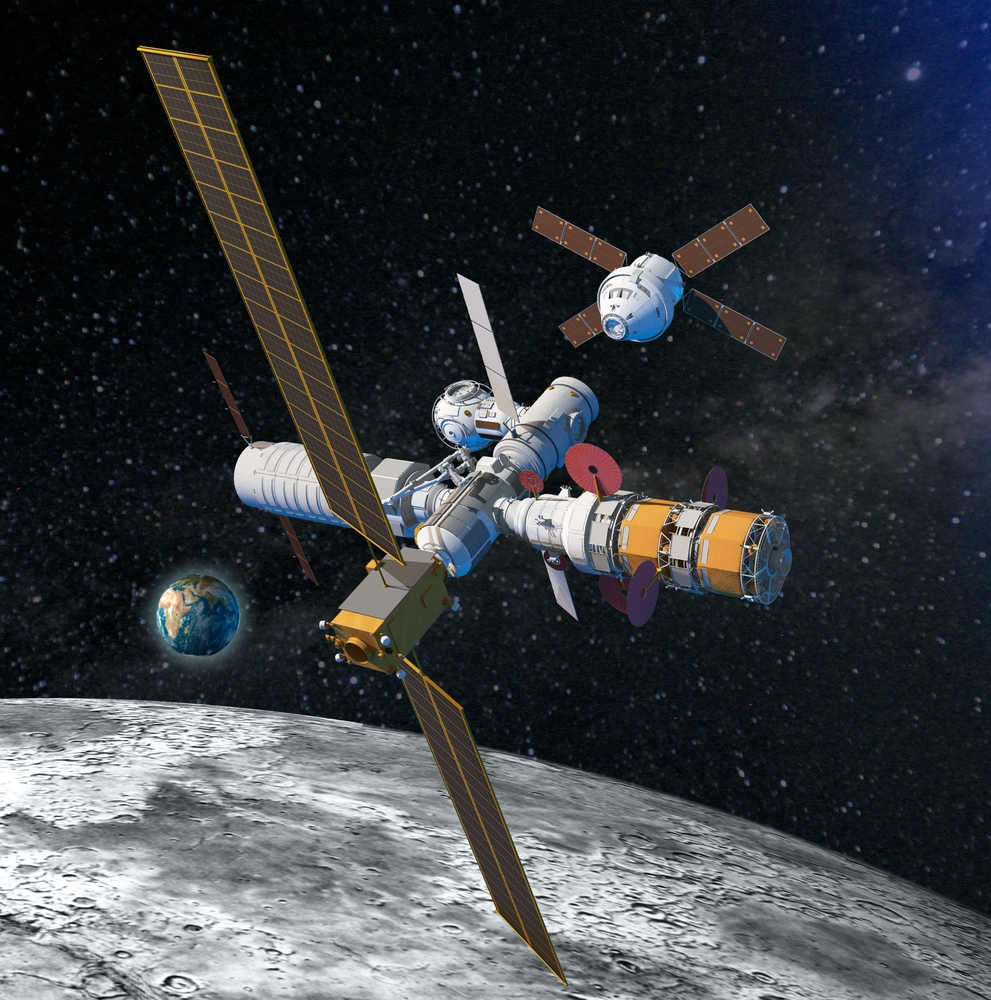
A pivotal element of NASA’s Artemis program, the Artemis Gateway will act as a space station in lunar orbit, facilitating long-term lunar exploration and serving as a staging point for Mars missions. Its modular design allows for international collaboration and future expansion. This makes the Gateway critical infrastructure for deep-space endeavors.
Blue Origin New Glenn
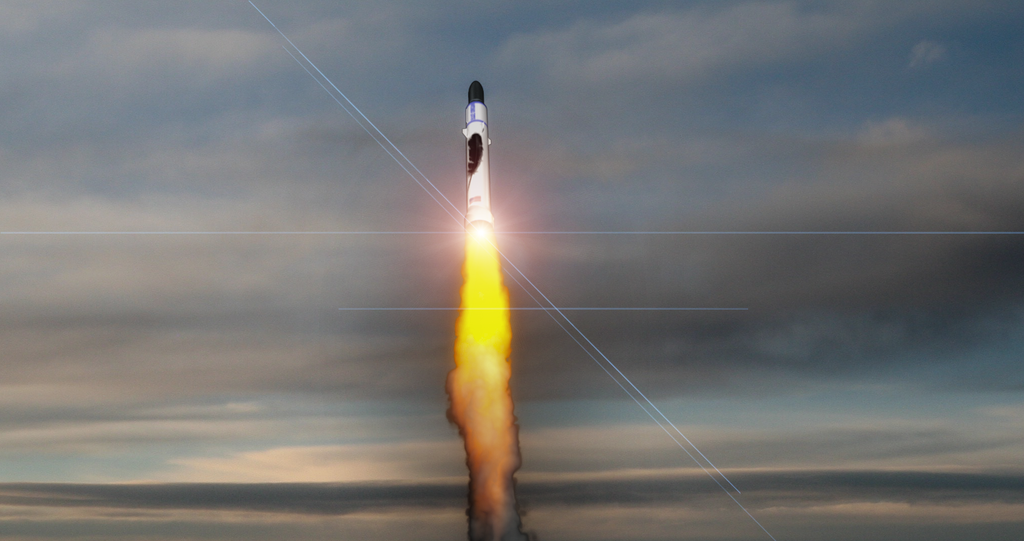
Blue Origin’s New Glenn is a heavy-lift rocket, engineered for diverse missions ranging from satellite deployment to manned space flights. The rocket’s first stage is designed to be reusable, potentially lowering the cost of space access. With its large payload capacity, New Glenn is poised to make significant contributions to the commercial space industry.
NASA Orion
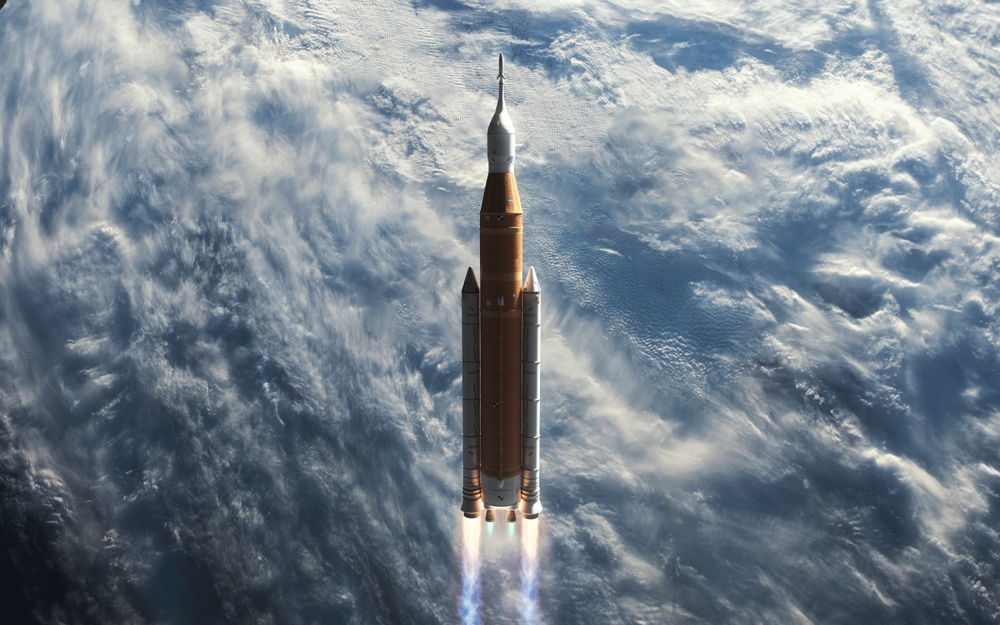
Orion, NASA’s advanced spacecraft, is designed to carry astronauts beyond low Earth orbit, with missions planned to the Moon, Mars, and beyond. Capable of supporting crewed missions for up to 21 days, it plays a crucial role in the Artemis program. Its cutting-edge life support and safety systems are pivotal for long-duration space missions. Orion stands as a cornerstone in the future of human space exploration.
Boeing CST-100 Starliner
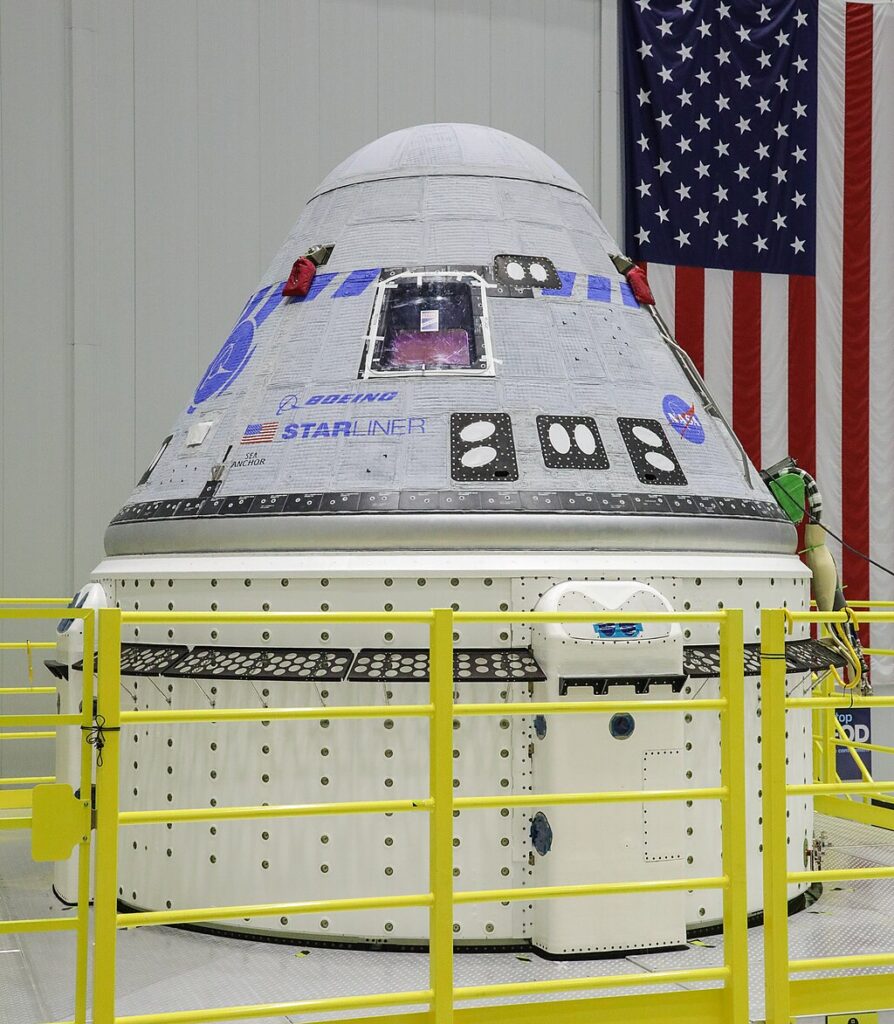
Developed by Boeing, the CST-100 Starliner is part of NASA’s Commercial Crew Program, designed to ferry astronauts to the ISS and other low Earth orbit destinations. This spacecraft is part of a broader initiative to end reliance on Russian vehicles for crewed missions. With a capacity for up to seven astronauts and a reusable design, Starliner is set to lower the costs of human space travel. Its role in commercial crew missions marks a new chapter in U.S. space exploration.
Rocket Lab Neutron
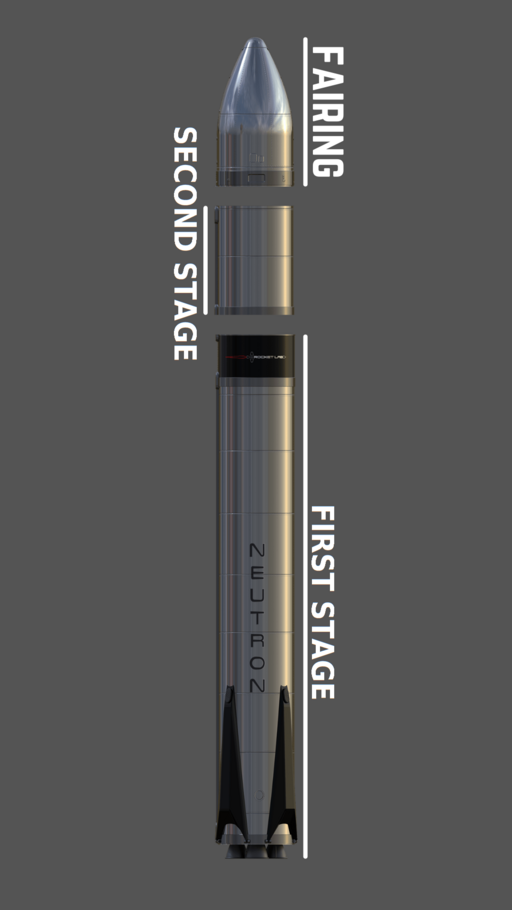
Rocket Lab’s Neutron, a medium-lift rocket, is designed to handle payloads destined for various orbits, including geostationary and interplanetary missions. With an emphasis on rapid reusability and cost-effective launches, Neutron is poised to enhance the commercial space sector. This rocket marks Rocket Lab’s transition from small satellite launches to more ambitious endeavors. It represents a significant leap in the company’s capabilities.
NASA Europa Clipper
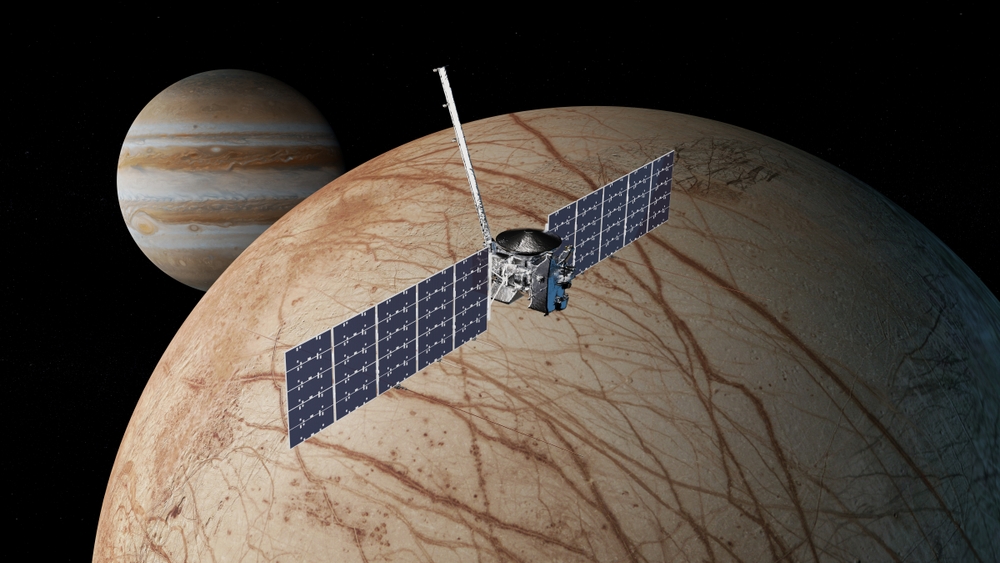
NASA’s Europa Clipper is set to explore Jupiter’s moon Europa, a body believed to have a subsurface ocean that might harbor life. The mission will conduct detailed studies of Europa’s ice shell and the ocean beneath, assessing its habitability. Findings from this mission could revolutionize our understanding of life in the outer solar system. Europa Clipper is a cornerstone of future planetary exploration.
ESA Mars Sample Return (MSR)

The European Space Agency, in partnership with NASA, is leading the Mars Sample Return mission, which aims to bring Martian soil and rock samples back to Earth. This mission involves a series of complex operations, from collecting samples on Mars to safely returning them to Earth. MSR will provide unprecedented insights into Mars’ history and its potential to support life.
NASA Psyche
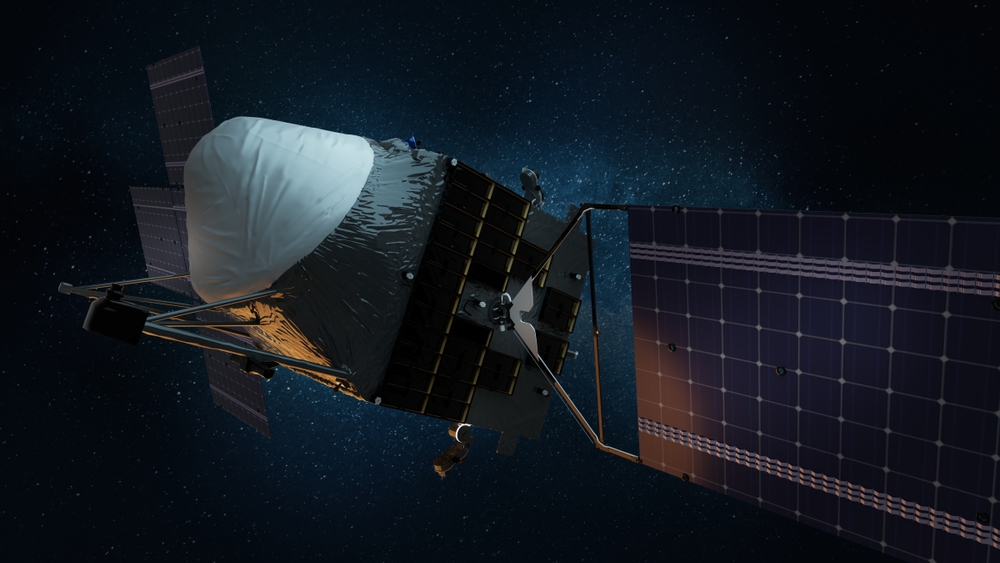
The NASA Psyche mission will explore the asteroid Psyche, thought to be the exposed core of an early planetesimal. This mission aims to unravel the mysteries of planetary formation by studying this unique celestial body. Psyche’s exploration could provide crucial insights into the building blocks of planets. It’s a mission that promises to deepen our understanding of the solar system’s history.
This article originally appeared on MyCarMakesNoise.
More from MyCarMakesNoise
13 Car Companies That Drove into Oblivion

Throughout the history of the automotive industry, many brands have attempted to make an impact, yet not all have succeeded. Here, we delve into the stories of car companies that, despite their initial promise, ultimately met with failure. Read More.
15 Groundbreaking Spacecraft That Changed Space Exploration
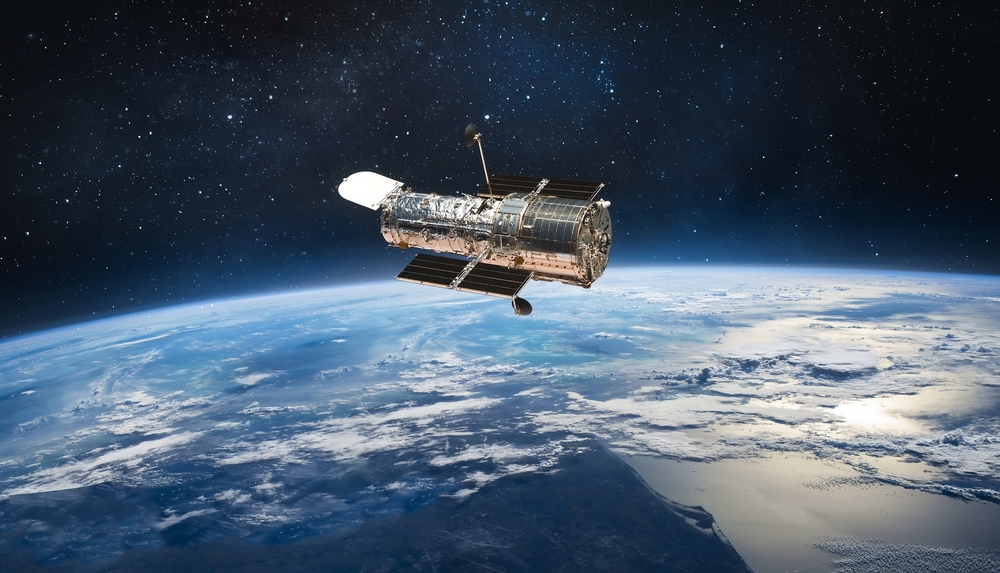
Space exploration has always captured the human imagination, pushing the boundaries of what we thought possible. In this article, we’ll take a look at 15 groundbreaking spacecraft that revolutionized our understanding of the universe. Read More.
16 Antique Tractors Sought After by Collectors

Antique tractors hold a special place in the hearts of collectors, combining history, innovation, and nostalgia. These machines not only revolutionized farming but also became symbols of agricultural heritage. Read More.



